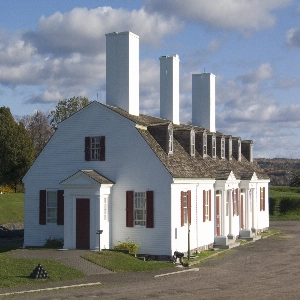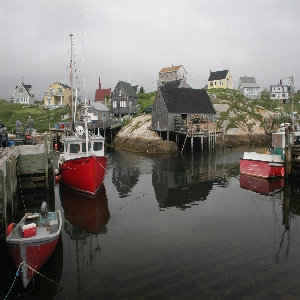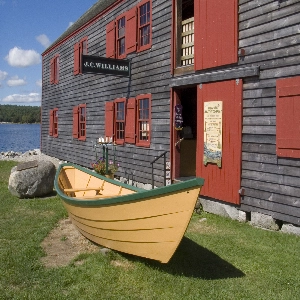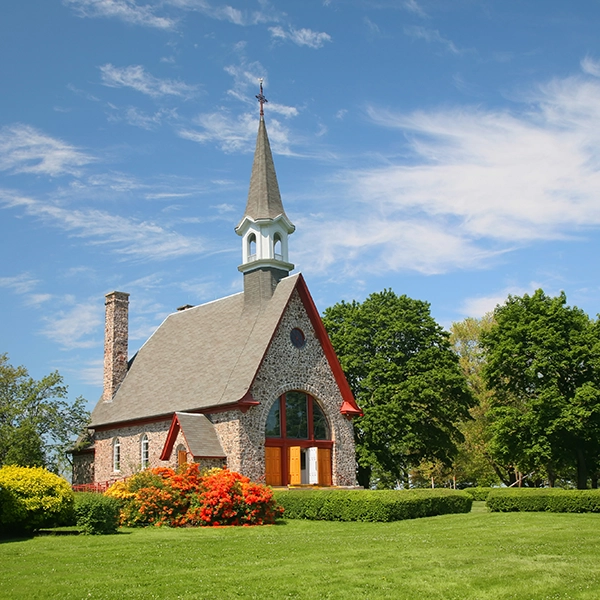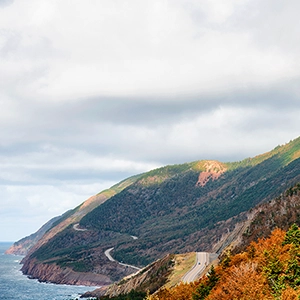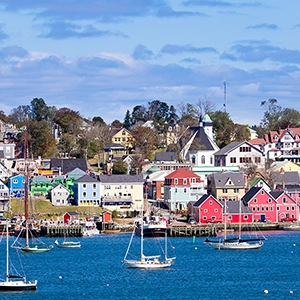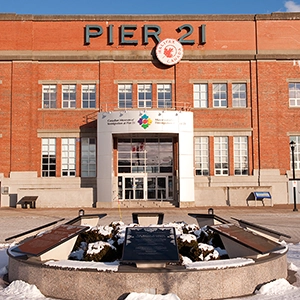The French Cross: A Timeless Symbol Of Heritage And Faith
Introduction to The French Cross
The French Cross, also known as the Croix de Lorraine or the Cross of Lorraine, is a distinctive emblem symbolizing French patriotism, history, and culture. With its double crossbar, it has a unique design that sets it apart from other Christian crosses. This emblem holds a special place in the hearts of the French people, representing their strength and resilience in the face of adversity. In this article, we will explore the origin, historical significance, and modern-day uses of the French Cross, while examining the various facets of this emblem that have made it a timeless symbol of French unity and pride.
Origin of the French Cross
The French Cross can be traced back to the early years of Christianity in Europe. The double crossbars resemble the Greek Cross, which has been used since the time of the early Byzantine Empire. This design was likely influenced by the Eastern Orthodox Church, where the double crossbars were seen as a representation of Christ's dual nature as both divine and human. By the early Middle Ages, the French Cross began to gain prominence in France's Lorraine region. Here, the cross served as a symbol of the dukes of Lorraine, incorporating aspects of the Byzantine design as well as local artistic traditions. In the 15th century, it became the official emblem of the Duchy of Lorraine and its ruler, René II. Over the centuries, the French Cross continued to evolve, and by the time of the Renaissance, it had become a prominent symbol of French aristocracy. Even today, the French Cross remains linked to the Lorraine region and the French state, with many artists and graphic designers using the symbol in various creative works.
Historical Significance of the French Cross
Throughout history, the French Cross has been associated with key events and eras that have shaped the nation's identity. During the reign of Joan of Arc, the cross was said to have inspired the French to victory against the English in the Hundred Years' War. In the 17th century, the cross played a significant role in the French Wars of Religion, where it was adopted as a symbol of resistance by the Catholic League. From the 18th century onwards, the French Cross became associated with the French Revolution, as it emerged as a symbol of rebellion against the monarchy. At this time, the cross inspired various French artists and writers, who incorporated it into their works as a symbol of freedom and equality. The emblem gained further prominence during World War II when it was used by the Free French Forces led by General Charles de Gaulle. The French Cross was a fitting choice, as it symbolized the resistance movement's unity, strength, and defiance against Nazi oppression. Once peace was restored, the French Cross became a symbol of national liberation and rebuilding, with the emblem decorating the Liberation Monument in Paris, as well as countless memorials, museums, and monuments across the country.
The Modern Interpretation and Uses of the French Cross
In modern times, the French Cross continues to be a symbol of French patriotism and identity. The emblem is frequently used by politicians and institutions as a representation of France's core values, such as freedom, unity, and strength. Additionally, the cross has become an integral part of French popular culture, appearing in various forms such as fashion, art, and even sports. Various organizations, ranging from humanitarian groups to military regiments, have adopted the French Cross as their emblem. For instance, the French Red Cross and Médecins Sans Frontières (Doctors Without Borders) both feature this symbol in their logos, highlighting their commitment to humanitarian relief and solidarity with the French people. In sports, the French Cross has been used by elite French athletes and teams as a symbol of their national pride and excellence. The emblem appears on the jerseys of French rugby and soccer teams, as well as on the medals awarded to outstanding French athletes. Another modern use of the French Cross can be seen in the heraldic and vexillological disciplines. Many French cities and regions have adopted the emblem in their flags and coat of arms, reinforcing the cross's status as a symbol of France's history and unity. Most notably, the Cross of Lorraine features prominently in the flag of the Lorraine region, where its roots can be traced back.
Conclusion: The Enduring Symbol of French Pride and Unity
The French Cross, steeped in history and symbolism, remains a powerful icon in French culture and society. Its unique design and rich history embody the resilience and fortitude of the French people, allowing the cross to endure as a symbol of national pride and unity. From its origins as the emblem of the medieval Duchy of Lorraine to its modern-day appearances on flags, memorials, and logos, the French Cross has remained a potent symbol of France's values and aspirations. In the face of social, political, and economic changes, the French Cross continues to inspire pride and unity among the French people, serving as a vivid reminder of their storied past and a beacon of hope for their resilient future. With its rich symbolism and enduring relevance, the French Cross remains a fascinating and powerful emblem that holds a special place in the hearts of the French people, as well as capturing the imagination of admirers around the world. As a testament to the strength and endurance of the French nation, the French Cross serves as a wonderful reminder of the unique qualities that make France an enduring force on the world stage.

